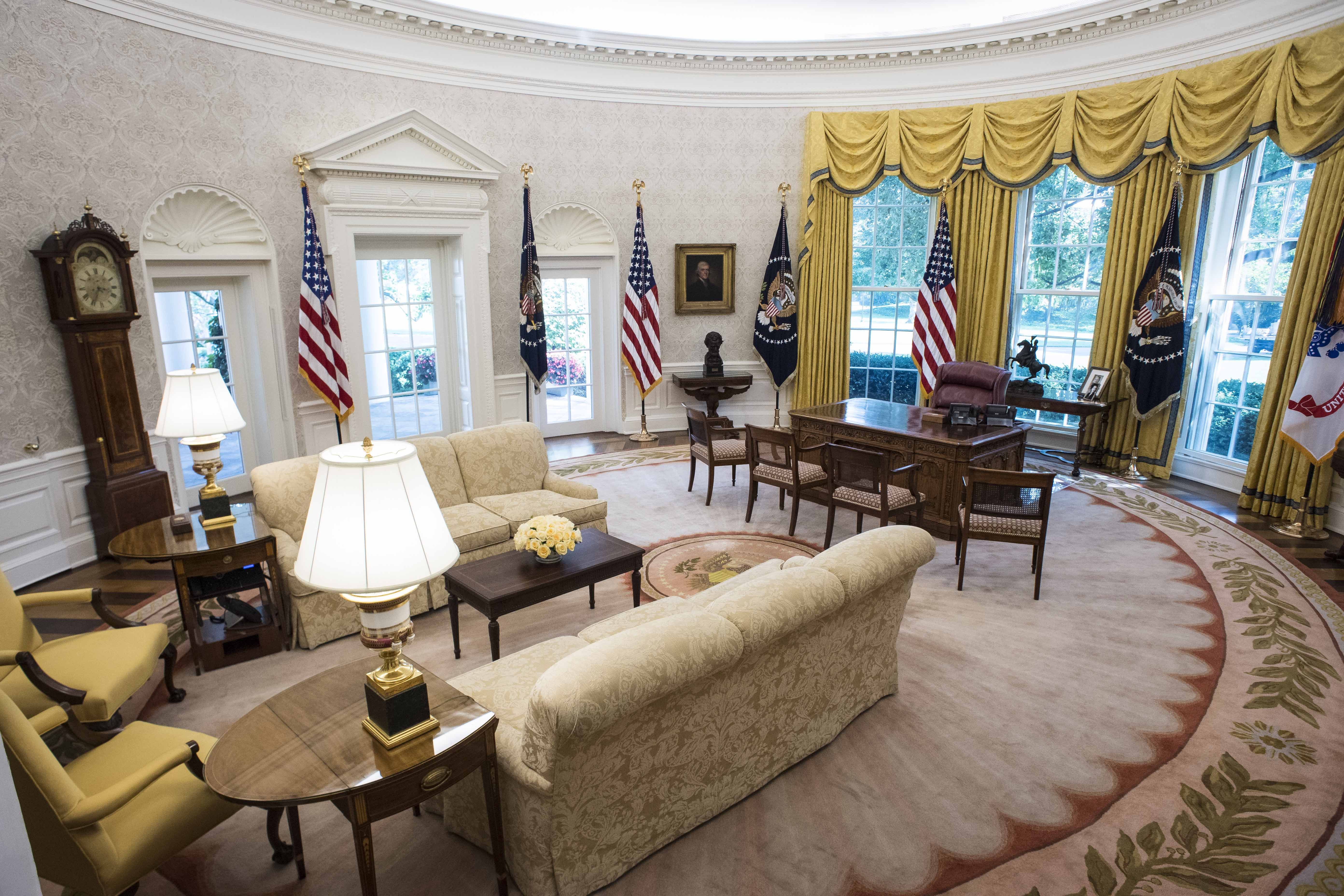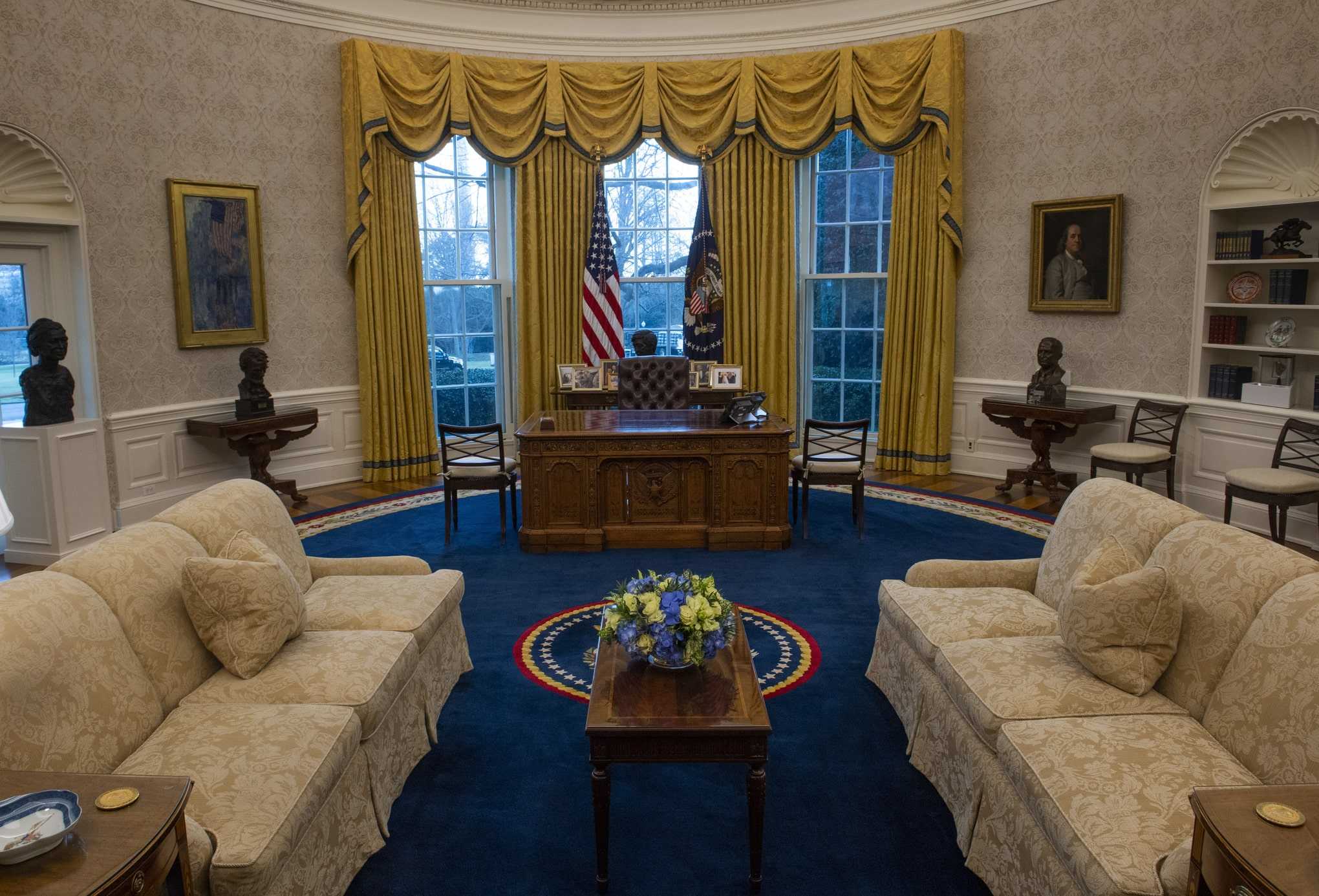
When Trump unexpectedly won the presidency, it wasn’t just Steve Bannon who took a newfound interest in Andrew Jackson-and Walter Russell Mead. So even as Trump has kind of adjusted in some ways to the necessities of the Washington establishment and, you know, ‘Well, you can’t just completely reinvent American foreign policy,’ he continues to orient in this way.”Īfter all, Mead notes, Bannon may be gone, but as for the president, “He still has a portrait of Andrew Jackson hanging in the Oval Office.”

And Trump knows how to play to this base. Bannon isn’t in the White House, and he’s not welcome I think, but his influence is still felt,” Mead says. “The Steve Bannon side of the Trump presidency remains very Jacksonian. If you want to understand Trump’s otherwise incomprehensible presidency, Mead argues, you need to understand America’s seventh president.

“There was this Jacksonian moment.”Įven now, exactly a year after Trump’s inauguration, Mead says that while Bannon has been purged from the White House, Bannonism-and by extension the bowdlerized, 21st century version of Jacksonianism he was peddling-has not.

“That’s what Steve Bannon told me,” Mead recalled in a new interview for The Global Politico, our weekly podcast on world affairs. Trump agreed, which is why the Jackson portrait went up and the president was visiting Old Hickory’s Tennessee home within weeks of his inauguration, never mind the instant outcry that greeted Trump’s embrace of a slave-holding, Native American-fighting early 19th century predecessor as his role model. In the rumpled Mead and his writings about the “Jacksonian” tradition in American foreign policy, Bannon saw a populist kindred spirit-and a suitably rabble-rousing model for the anti-establishment course he hoped Trump would follow. McMaster he viewed as selling out Trump’s “America First” vision to the more conventional course preferred by the Washington establishment. Bannon had seized on Mead’s work as part of his war on the other factions inside Trump’s White House, and especially the hyperentitled family members like son-in-law Jared Kushner and “globalists” like national security adviser H.R.


 0 kommentar(er)
0 kommentar(er)
